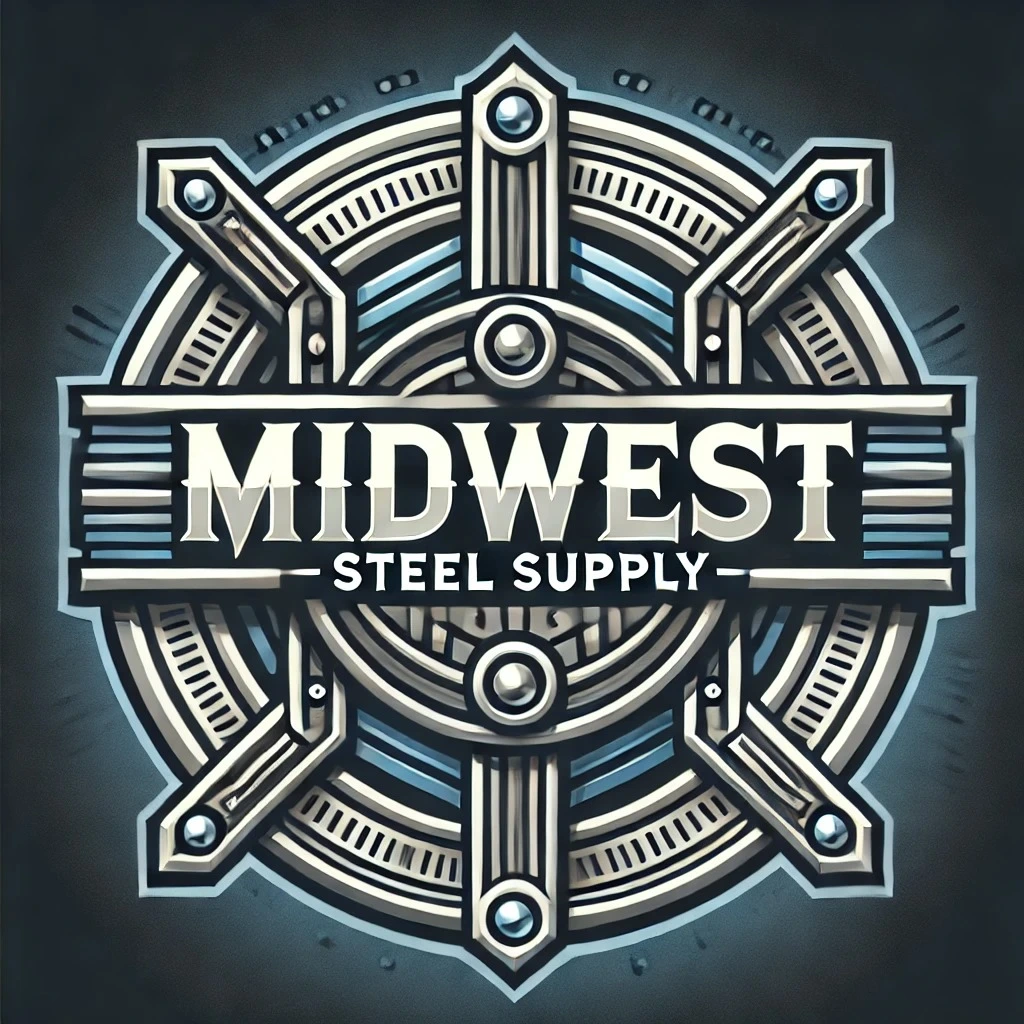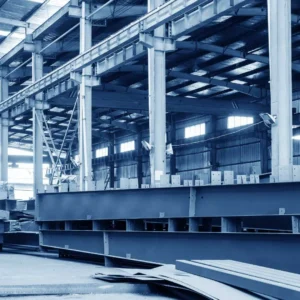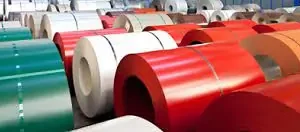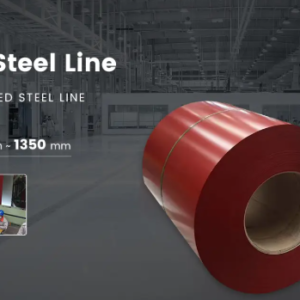Tinplate Recycling and Eco-Friendly Steel: A Sustainable Future for Packaging
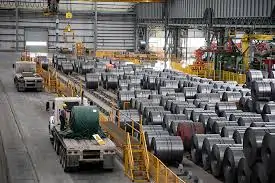
Tinplate steel has long been recognized as one of the most versatile and eco-friendly materials for packaging. Combining the strength of steel with the corrosion resistance of a thin tin coating, tinplate offers durability, safety, and excellent barrier properties. In addition to its performance in applications ranging from food and beverages to industrial goods, tinplate has an important advantage: it is highly recyclable and aligns with global sustainability goals. With industries and consumers increasingly focused on reducing environmental impact, tinplate stands out as a material that supports the transition to a circular economy.
The Importance of Tinplate Recycling
Midwest tinplate is not a new practice, but its role in the modern packaging industry has become more significant than ever. Unlike plastics or composite materials that degrade after multiple recycling cycles, tinplate can be recycled indefinitely without losing its properties. This makes it a highly sustainable choice for manufacturers and a key contributor to waste reduction initiatives.
Energy Savings Through Recycling
Producing new steel and tin requires large amounts of energy and raw resources, from iron ore mining to smelting and refining. Recycling tinplate drastically reduces this energy demand. Studies show that recycling steel saves up to 75% of the energy required to produce it from virgin materials. This reduction not only lowers production costs but also cuts carbon emissions, making recycled tinplate a major step toward greener manufacturing.
Contribution to the Circular Economy
The circular economy model emphasizes the continuous reuse and regeneration of materials. Tinplate fits perfectly into this approach. Once a tinplate container or coil reaches the end of its use, it can be collected, melted down, and reprocessed into new steel products. This cycle prevents waste from ending up in landfills and minimizes the consumption of natural resources. For industries that want to demonstrate environmental responsibility, tinplate offers a strong advantage.
Reducing Food Waste
One often-overlooked aspect of tinplate recycling is its role in preventing food waste. Tinplate packaging significantly extends the shelf life of products by protecting them from air, moisture, and bacteria. As a result, fewer products spoil before reaching consumers. When combined with recycling, this benefit reduces both material waste and food waste, which are major contributors to global carbon emissions.
Eco-Friendly Steel and Sustainable Packaging
Steel has traditionally been viewed as an energy-intensive material, but advancements in recycling and processing technologies have transformed it into one of the most eco-friendly options for packaging. Tinplate, as a specialized form of steel, provides a balance between performance and sustainability.
Lower Carbon Footprint
By prioritizing recycled steel in tinplate production, manufacturers significantly reduce their carbon footprint. Many steel producers are investing in energy-efficient furnaces, renewable energy sources, and advanced recycling technologies to make tinplate production even cleaner. This shift is particularly important as governments and industries work toward carbon neutrality goals.
Alignment With Global Regulations
Regulatory bodies around the world are implementing stricter standards on packaging waste, recyclability, and environmental impact. Tinplate already complies with many of these requirements due to its high recycling rate and proven safety in food contact applications. Manufacturers that adopt tinplate packaging can meet regulatory demands while strengthening their brand’s eco-friendly image.
Consumer Demand for Green Packaging
Today’s consumers are increasingly concerned about the environmental impact of the products they purchase. Packaging made from recyclable and sustainable materials is no longer just a corporate responsibility but also a competitive advantage. Tinplate, being both recyclable and safe, helps brands align with consumer expectations and build trust in the marketplace.
Applications of Recyclable Tinplate
Tinplate’s versatility extends across multiple sectors, making it one of the most widely used recyclable packaging materials.
Food Packaging
Canned fruits, vegetables, seafood, sauces, and ready-to-eat meals rely on tinplate containers for extended shelf life and food safety. The ability of tinplate to undergo sterilization without losing integrity makes it a preferred choice in the food industry.
Beverages
Tinplate cans are widely used for soft drinks, juices, and energy beverages. Their protective barrier ensures that flavor, carbonation, and freshness are preserved during transport and storage.
Non-Food Applications
Beyond food, tinplate is also essential for packaging paints, aerosols, lubricants, and even electronic components. In these applications, the corrosion resistance of tinplate ensures product integrity and safety.
Industrial Uses
Chemicals, adhesives, and oils benefit from the durability of tinplate containers. The material provides robust protection for both the product and the environment, minimizing the risk of leaks or contamination.
Tinplate Steel Suppliers in the Middle East
The Middle East is an emerging hub for steel and packaging industries, driven by rapid urbanization, industrial growth, and expanding consumer markets. Tinplate steel suppliers in the region are playing a vital role in meeting the demand for sustainable and high-performance packaging materials.
Regional Demand for Tinplate
Countries across the Middle East, including the United Arab Emirates, Saudi Arabia, Qatar, and Oman, are experiencing rising demand for packaged foods, beverages, and industrial goods. As a result, the need for reliable tinplate suppliers has grown significantly. The combination of modern lifestyles, food imports, and expanding retail sectors further drives the demand for high-quality tinplate coils and sheets.
Strategic Location for Global Trade
The Middle East occupies a strategic position between Asia, Europe, and Africa, making it an important hub for tinplate distribution. Suppliers in the region often act as intermediaries, sourcing tinplate from global producers and distributing it to regional manufacturers in food processing, beverage bottling, and industrial sectors.
Key Qualities of Trusted Tinplate Suppliers
When selecting a tinplate steel supplier in the Middle East, manufacturers look for several key attributes. Reliability of supply is crucial, as packaging industries depend on consistent material availability. Quality standards must be met, especially for food-grade tinplate. Flexibility in coil sizes, thicknesses, and coatings is also important, as different industries have unique requirements. Additionally, suppliers that emphasize eco-friendly practices, such as providing recycled tinplate options, are highly valued in today’s sustainability-driven market.
Notable Applications in the Middle East
Tinplate is widely used in the Middle East for canned foods, which are essential in both local diets and export markets. Beverage companies in the region also rely heavily on tinplate for energy drinks, juices, and carbonated sodas. On the non-food side, tinplate is used in paints, oils, and aerosol products, which are vital for the construction and industrial sectors that are rapidly growing in the Gulf states.
The Future of Tinplate and Sustainability in the Middle East
The packaging industry in the Middle East is undergoing a transformation, with sustainability at the center of its growth. Tinplate steel, being both recyclable and durable, aligns perfectly with this transition. Governments in the region are setting higher sustainability targets, and businesses are responding by adopting recyclable materials in their packaging strategies.
Recycling infrastructure is also expanding, with investments being made in steel recovery and waste management facilities. This development will further increase the recycling rate of tinplate, ensuring it continues to contribute to the circular economy in the Middle East.
For tinplate suppliers, the opportunity lies in offering tailored solutions to industries that value both quality and sustainability. Suppliers that can deliver eco-friendly, food-safe, and versatile tinplate products are positioned to lead in this evolving market.
Conclusion
Tinplate steel coils represent the perfect balance of strength, safety, and sustainability. Their recyclability and eco-friendly qualities make them one of the most future-ready materials in packaging. As industries and consumers alike prioritize sustainability, tinplate recycling will play a key role in reducing waste, conserving energy, and lowering carbon emissions.
Middle East tinplate steel suppliers are central to supporting growing demand in food, beverage, and industrial packaging. With its strategic location, rising consumer markets, and focus on sustainability, the region is set to become an important hub for tinplate production and distribution. For businesses seeking to align with global sustainability goals while ensuring performance and reliability, tinplate steel coils remain the material of choice.
